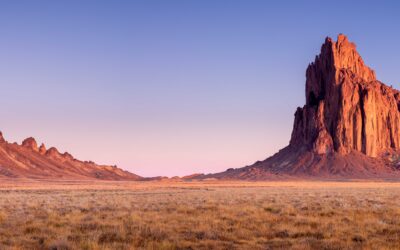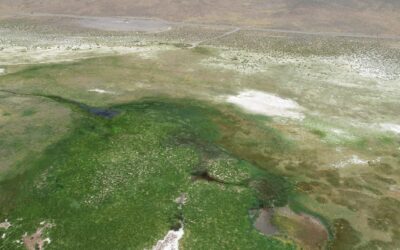RENO, Nev. (July 14, 2017) – Recently published research led by atmospheric scientists at the Desert Research Institute (DRI) demonstrates a connection between the occurrence of atmospheric river (AR) events and avalanche fatalities in the West.
Published in the May issue of the Journal of Hydrometeorology, the pilot study assessed avalanche reports, weather station data, and a catalog of AR data from a previous study to determine that AR conditions were present for 105 unique avalanches between 1998 and 2014, resulting in 123 fatalities (31 percent of all western avalanche fatalities during this time frame).
Atmospheric Rivers, as described by the National Oceanic and Atmospheric Administration (NOAA), are “relatively long, narrow regions in the atmosphere – like rivers in the sky – that transport most of the water vapor outside of the tropics.”
When ARs make landfall on the West Coast of the US they release water vapor as rain or snow, supplying 30 to 50 percent of annual precipitation in the West and contributing to cool season (November to April) extreme weather events and flooding.
Researchers conclude that the intense precipitation associated with AR events is paralleled by an increase in avalanche fatalities. Coastal regions experience the highest percentage of avalanche fatalities during AR conditions; however, the ratio of avalanche deaths during AR conditions to the total number of AR days is actually higher further inland, in states like Colorado and Utah.
“Although ARs are less frequent in inland locations, they have relatively more important roles in intermountain and continental regions where snowpacks are characteristically weaker and less capable of supporting heavy rain or snowfall,” explained Benjamin Hatchett, a postdoctoral fellow of meteorology at DRI and lead author on the study.
“This means that avalanche forecasters, ski resort employees, backcountry skiers, and emergency managers who have an increased awareness of forecasted AR conditions can potentially reduce exposure to resultant avalanche hazards, particularly if snowpack conditions already indicate weakness,” he added.
The study also reports that shallow snowpacks weakened by persistent cold and dry weather can produce deadly and widespread avalanche cycles when combined with AR conditions. Climate projections indicate that this combination is likely to become more frequent in the mid- to late- 21st century, which could create significant avalanche risk to winter backcountry enthusiasts in the West.
“With increasing numbers of recreational backcountry users and changing mountain snowpack conditions, we might expect the future to be characterized by enhanced exposure to avalanche hazard throughout the western United States,” Hatchett said. “Our results provide motivation to further increase public awareness about avalanche threats during AR events.”
Including integrated vapor transport (IVT) forecasting tools in analyses of avalanche danger, researchers suggest, could potentially allow experts to increase the accuracy of avalanche forecasts when AR conditions are present. These tools can identify structure and movement of ARs when they make landfall, and also model how ARs move inland through gaps in mountainous terrain and cause heavy precipitation further inland.
“Our study provides motivation for additional examinations of avalanche data and meteorological conditions,” Hatchett said. “Our team recommends that following all, but especially fatal, avalanches, as much detailed information should be recorded as possible so that the field can continue to learn about the relationship between atmospheric river events and avalanches.”
The full version of the study – “Avalanche Fatalities during Atmospheric River Events in the Western United States” – is available online at the link below. http://journals.ametsoc.org/doi/full/10.1175/JHM-D-16-0219.1
###
The Desert Research Institute (DRI) is a recognized world leader in investigating the effects of natural and human-induced environmental change and advancing technologies aimed at assessing a changing planet. For more than 50 years DRI research faculty, students, and staff have applied scientific understanding to support the effective management of natural resources while meeting Nevada’s needs for economic diversification and science-based educational opportunities. With campuses in Reno and Las Vegas, DRI serves as the non-profit environmental research arm of the Nevada System of Higher Education. For more information, please visit www.dri.edu.


